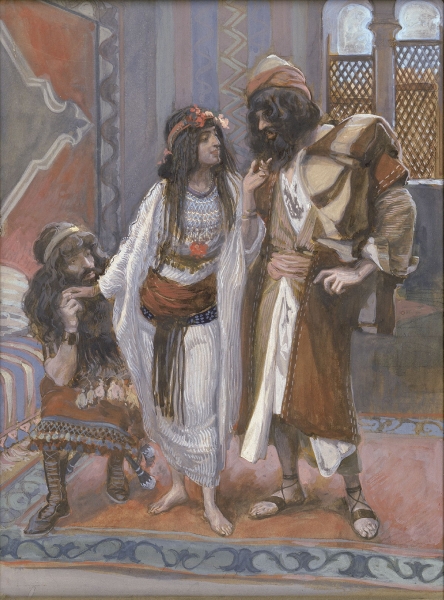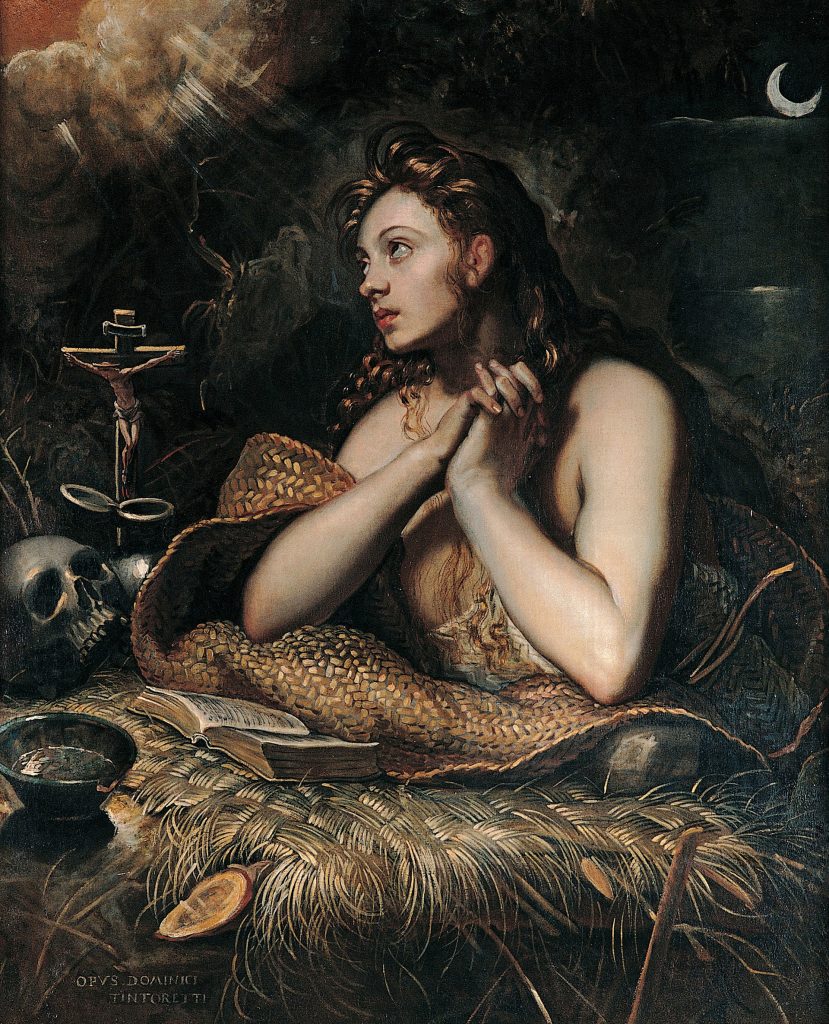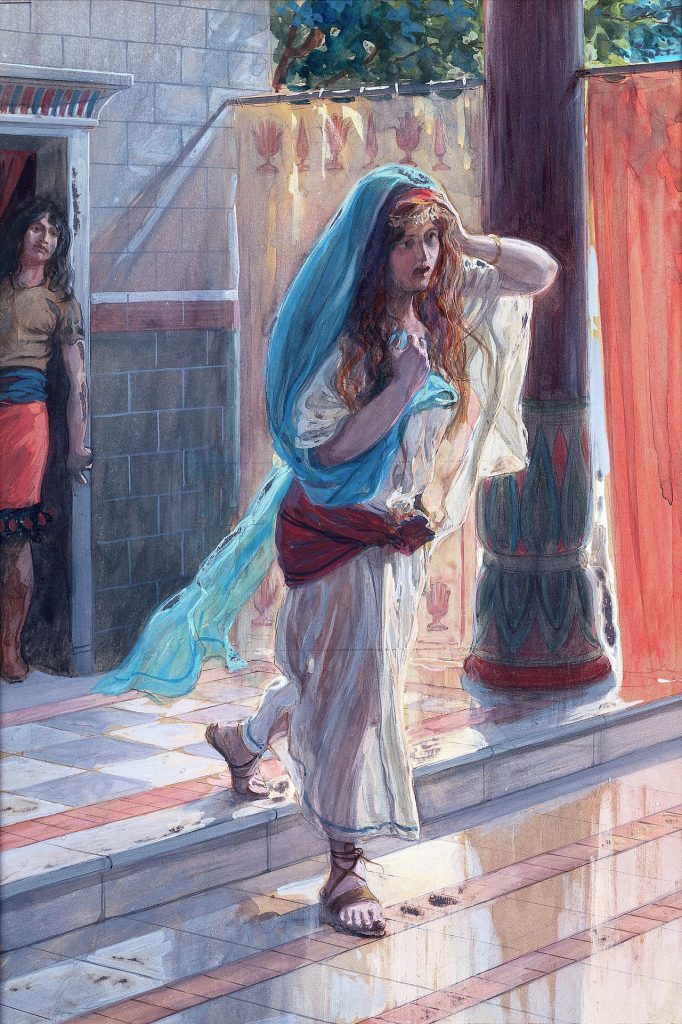Among the narratives in the Bible are accounts of women who are often identified as prostitutes. Though often marginalized and condemned in traditional interpretations, these women reveal complex tales of survival, redemption, and societal dynamics.
In this article, we delve into some of these stories, exploring the lives and contexts of the women traditionally associated with prostitution in the Bible.
Rahab: From Harlot to Heroine

The story of Rahab unfolds in Joshua 2 during the conquest of the city of Jericho. Rahab is often described as a prostitute residing within the city’s walls. However, her role in the narrative transcends her occupation.
When two Israelite spies were sent to scout the city, Rahab’s actions displayed courage and resourcefulness. She hid the spies and aided their escape, asking for her family’s safety in return.
As a result, her life and the lives of her family members were spared when Jericho fell. The God of Israel embraced her within the fold of his people, leading her to transition from a life of disgrace to assuming roles as both a wife and a mother eventually.
Remarkably, Rahab would become an ancestor of David and, more significantly, of Jesus – the Messiah of Israel and the Redeemer of humanity, as detailed in Matthew 1:5-6.
Rahab’s story is a testament to the theme of unexpected heroes and the potential for change in even the most marginalized individuals.
Misconceptions About Mary Magdalene

Perhaps one of the most famous women associated with prostitution in the Bible is Mary Magdalene.
Mary Magdalene is depicted in the New Testament gospels as someone who grieved at the Crucifixion of Christ and later bore witness to his resurrection. She stood by Jesus during his crucifixion, remained present during his burial, and accompanied him throughout his ministry in Galilee before these events.
In the Gospel of John, following his Resurrection, Jesus specifically reveals himself to Mary Magdalene in a one-on-one encounter, directing her to inform his disciples about his return (John 20:1-13).
While some people link her to the prostitute who anointed Jesus’ feet (Luke 7:36-50), no biblical verse establishes a connection between the two. The label of “prostitute” attached to her is a subject of debate and speculation.
The Bible does not explicitly state that Mary Magdalene was a prostitute; instead, she is identified as someone from whom Jesus casts out seven demons. Later interpretations, perhaps influenced by societal attitudes towards women and sexuality, led to her being inaccurately characterized as a repentant prostitute.
Additionally, some claim that Mary Magdalene could have been married to Jesus. However, this theory encounters significant hurdles.
Based on the narratives in the New Testament, Jesus didn’t get married during his time teaching. This makes it unlikely that he was married to Mary Magdalene. Also, the Bible says that after Jesus came back to life, he ascended to Heaven. This means he couldn’t have a regular relationship, like marriage, after that.
Now, about the part in the Bible where it talks about the Nephilim in Genesis 6:1-4, different people have different ideas about what it means. Some think the Nephilim were kids of angels who did something wrong and people. Others believe they are powerful beings. The Bible doesn’t clearly say that the Nephilim are connected to Mary Magdalene or Jesus.
Nevertheless, it is clear that Mary Magdalene played a crucial role in the life of Jesus as she witnessed his crucifixion and was among the first to see his resurrection.
Tamar: A Tale of Deception and Justice

Tamar’s story unfolds with intricate layers of societal norms and a pursuit of justice that defies convention. Within this narrative, Tamar’s experiences shed light on the challenges faced by marginalized women in a culture where their status often rested upon their ability to bear children.
Married to two brothers, Tamar was widowed and childless after both her husbands passed away. In the society of her time, a woman’s significance and security were closely tied to her reproductive capacity. Her situation, therefore, was dire and left her in a vulnerable position.
Tamar devised a daring plan to secure her rights and future. Recognizing that her father-in-law, Judah, held responsibility for her well-being, she disguised herself as a prostitute and approached him (Genesis 38:12-30).
This unconventional course of action reveals Tamar’s determination to challenge her circumstances. The narrative highlights the desperation faced by Tamar, as well as the lengths she was willing to go to secure her survival and rightful inheritance.
Tamar’s actions led to her conceiving twin sons, Perez and Zerah. This story challenges conventional notions of morality and forces readers to consider the circumstances that drove Tamar to take such drastic measures.
Bottom Line
The women traditionally associated with prostitution in the Bible, such as Rahab, Mary Magdalene, and Tamar, offer narratives that extend beyond their perceived occupations. Their stories depict themes of courage, redemption, and justice in the face of societal challenges.
These stories reveal the multifaceted lives of women whose narratives have been overshadowed by stereotypes and biases. They emphasize the importance of examining history with empathy and nuance, considering the complexities that motivated these women’s actions.



